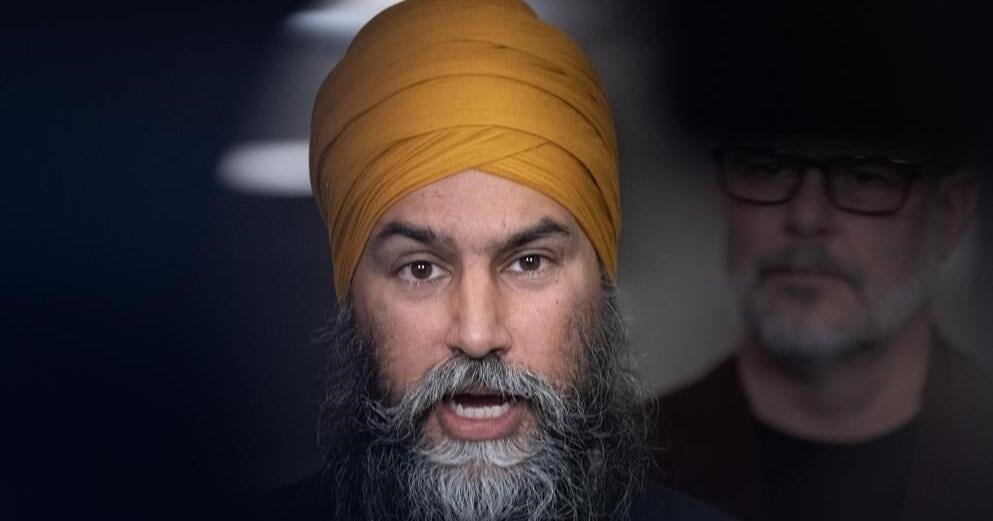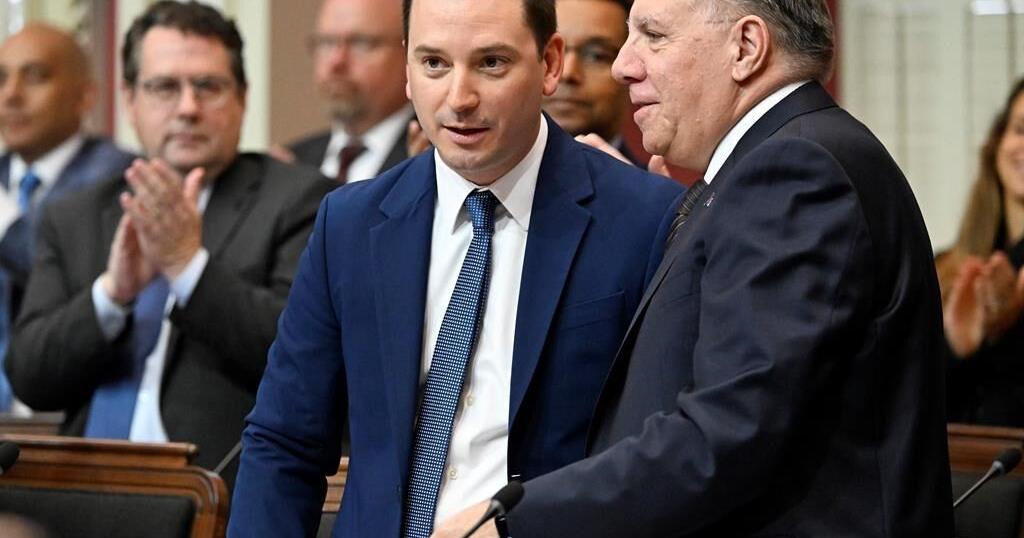“There’s no place in America for this kind of violence,” President Joe Biden said on Saturday, following the shooting at a Donald Trump rally in Pennsylvania that left the former president hurt and killed an audience member.
Politics
Are assassination attempts getting more common?
But the fact is, this type of violence has a long history in American politics: Four US presidents have been killed in office and virtually all of them, in the modern era, have been targeted by assassination plots of varying levels of seriousness.
Along with the general atmosphere of political turmoil of recent years — Trump himself, Covid, police violence and the resulting protests, January 6 — attacks targeting public officials of both parties in the US also seem to be becoming more common.
Recent examples include the 2017 shooting by a left-wing extremist at a Republican Congressional baseball practice that critically injured Rep. Steve Scalise; the Donald Trump supporter who sent mail bombs to more than a dozen prominent Democrats in 2018; a right-wing militia’s plot to kidnap Michigan Gov. Gretchen Whitmer in 2020; the abortion rights supporter who attempted to kill Supreme Court Justice Brett Kavanaugh at this home in 2022; and the QAnon adherent who attacked Paul Pelosi, husband of House Speaker Nancy Pelosi, while attempting to target her, in 2022.
That violence is having a clear impact on how American politics is conducted. Spending on security by House and Senate campaigns increased by 500 percent between 2020 and 2022, according to the Washington Post.
Nor is this just an American phenomenon: There’s been a global wave of recent assassinations as well. The UK has seen two members of parliament killed in recent years: Jo Cox, a Labour MP murdered by a right-wing extremist days before the Brexit vote in 2016, and David Amess, a Conservative MP fatally stabbed by an Islamic State supporter in 2021. Former Brazilian President Jair Bolsonaro survived a stabbing during his campaign for president in 2018. In 2021, Haitian Prime Minister Jovenel Moïse was assassinated by mercenaries.
Last year saw the killing of Ecuadorian presidential candidate Fernando Villavicencio, and former Japanese Prime Minister Shinzo Abe. In January of this year, South Korean opposition leader Lee Jae-myung survived being stabbed in the neck, while Slovakian Prime Minister Robert Fico was shot and nearly killed in May. In Mexico, where political violence is rampant on a scale far beyond most other countries, at least 36 candidates seeking offices throughout the country were killed ahead of the country’s recent elections, according to the New York Times.
Then there are the numerous alleged plots targeting Ukrainian President Volodymyr Zelenskyy since Russia’s full-scale invasion of Ukraine.
The growing threat of assassination
Despite all that, it’s difficult to say for sure if political killings are on the rise. There’s a data problem: Assassinations are still relatively rare compared to other forms of political violence — violent protests, terrorist bombings — and attempts that succeed in killing their target, or even come close enough to succeeding, are even rarer.
But there is some data to suggest they’re getting more common. According to the University of Maryland’s Global Terrorism Database, which includes incidents of political violence from 1970 to 2020, the number of assassination incidents around the world fell dramatically from more than a thousand per year in the early 1990s to less than 100 per year in 1999, then started to creep up again, jumping to more than 900 in 2015. This trend has roughly corresponded with a global uptick in international armed conflict, which also dipped through the 1990s before rising more recently.
Threatened acts of violence have increased even faster. In the United States, the Capitol Police reported 9,625 threats against members of Congress in 2021, compared to just 3,939 in 2017.
What could be driving this trend? Political violence researcher Rachel Kleinfeld of the Carnegie Endowment for International Peace argues that political violence, including assassinations, becomes more common in countries where there are highly competitive elections that could shift the balance of power, where partisan politics becomes a dominant social identity, and where there are weak institutional constraints on violence. All of those reasons fit the US now, which is why Kleinfeld suggests the country is particularly vulnerable to a surge in political violence.
Kleinfeld also notes that a difference between today’s political violence and previous periods where it was common — such as the 1970s, the high point of terrorist violence within the US with more than 1,470 attacks compared to 214 in the decade following 9/11 — is that today’s perpetrators are more likely to not belong to any formal organization, but rather to self-radicalize via online engagement.
The Georgetown University terrorism researchers Bruce Hoffman and Jacob Ware argued in an article published two years ago that political assassination is becoming more common around the world in part to the emergence of so-called “accelerationism” — the deliberate effort to foment political chaos or societal collapse in order to accelerate political transformation — as a more prominent strategy for extremists. They write, “For extremists seeking to sow chaos and speed up some cataclysmic societal collapse, high-profile politicians provide an attractive target” because they personify the political order these extremists are trying to tear down.
Previous waves of political violence happened in eras when security was more lax and politicians more accessible. Think of John F. Kennedy’s open motorcade in Dallas, which no president would think of doing today. But Hoffman and Ware also note that even as politicians and governments invest more in security, new technologies are making assassination attempts easier. Consider the homemade gun used to kill Abe, which the assassin put together with parts and instructions he found online, or the attempted assassination of Venezuelan President Nicolás Maduro using explosive drones in 2018.
In an email to Vox, Hoffman said that the attempt on Trump “does fit into the trend … where attacks on elected officials are becoming more commonplace and, dare one say, even accepted as a norm in our politically polarized/divided country.”
What comes next
Political violence is a phenomenon that tends to feed on itself. Attacks create justifications for more attacks, leading to long periods of violence, such as Italy’s infamous “years of lead,” from the late ’60s through the ’80s, when assassinations, kidnappings, and bombings by right-wing and left-wing extremist groups were disturbingly common.
Another very inconvenient fact about political assassinations is that when successful, they often accomplish their political goals, if not always in ways the assassin might intend: The murder of Abraham Lincoln and his replacement by pro-states rights Southerner Andrew Johnson utterly changed the course of post-Civil War Reconstruction. The right-wing Israeli who killed Prime Minister Yitzhak Rabin in 1995, in the wake of the historic Oslo Accords, dealt a serious, perhaps fatal, blow to the Israeli-Palestinian peace process. The killing of Abe led to a dramatic political reckoning in Japan with the assassin’s primary target: the controversial Unification Church.
We still don’t know the specific motivations of the shooter who attempted to kill Trump, or what impact the event will have on the upcoming election or American politics generally. But it’s safe to say the impact, whatever the gunman’s intentions, would have been far greater if he had adjusted his aim by just a few inches.
When the stakes of political contests start to seem existential, and political violence of all kinds more permissible, an increase in assassination attempts — in the US and abroad — seems almost inevitable.

Politics
NDP caving to Poilievre on carbon price, has no idea how to fight climate change: PM

OTTAWA – Prime Minister Justin Trudeau says the NDP is caving to political pressure from Conservative Leader Pierre Poilievre when it comes to their stance on the consumer carbon price.
Trudeau says he believes Jagmeet Singh and the NDP care about the environment, but it’s “increasingly obvious” that they have “no idea” what to do about climate change.
On Thursday, Singh said the NDP is working on a plan that wouldn’t put the burden of fighting climate change on the backs of workers, but wouldn’t say if that plan would include a consumer carbon price.
Singh’s noncommittal position comes as the NDP tries to frame itself as a credible alternative to the Conservatives in the next federal election.
Poilievre responded to that by releasing a video, pointing out that the NDP has voted time and again in favour of the Liberals’ carbon price.
British Columbia Premier David Eby also changed his tune on Thursday, promising that a re-elected NDP government would scrap the long-standing carbon tax and shift the burden to “big polluters,” if the federal government dropped its requirements.
This report by The Canadian Press was first published Sept. 13, 2024.
The Canadian Press. All rights reserved.
Politics
Quebec consumer rights bill to regulate how merchants can ask for tips

Quebec wants to curb excessive tipping.
Simon Jolin-Barrette, minister responsible for consumer protection, has tabled a bill to force merchants to calculate tips based on the price before tax.
That means on a restaurant bill of $100, suggested tips would be calculated based on $100, not on $114.98 after provincial and federal sales taxes are added.
The bill would also increase the rebate offered to consumers when the price of an item at the cash register is higher than the shelf price, to $15 from $10.
And it would force grocery stores offering a discounted price for several items to clearly list the unit price as well.
Businesses would also have to indicate whether taxes will be added to the price of food products.
This report by The Canadian Press was first published Sept. 12, 2024.
The Canadian Press. All rights reserved.
Politics
Youri Chassin quits CAQ to sit as Independent, second member to leave this month

Quebec legislature member Youri Chassin has announced he’s leaving the Coalition Avenir Québec government to sit as an Independent.
He announced the decision shortly after writing an open letter criticizing Premier François Legault’s government for abandoning its principles of smaller government.
In the letter published in Le Journal de Montréal and Le Journal de Québec, Chassin accused the party of falling back on what he called the old formula of throwing money at problems instead of looking to do things differently.
Chassin says public services are more fragile than ever, despite rising spending that pushed the province to a record $11-billion deficit projected in the last budget.
He is the second CAQ member to leave the party in a little more than one week, after economy and energy minister Pierre Fitzgibbon announced Sept. 4 he would leave because he lost motivation to do his job.
Chassin says he has no intention of joining another party and will instead sit as an Independent until the end of his term.
He has represented the Saint-Jérôme riding since the CAQ rose to power in 2018, but has not served in cabinet.
This report by The Canadian Press was first published Sept. 12, 2024.
The Canadian Press. All rights reserved.
-

 Sports23 hours ago
Sports23 hours agoLawyer says Chinese doping case handled ‘reasonably’ but calls WADA’s lack of action “curious”
-

 Sports8 hours ago
Sports8 hours agoDolphins will bring in another quarterback, while Tagovailoa deals with concussion
-

 News22 hours ago
News22 hours agoB.C. to scrap consumer carbon tax if federal government drops legal requirement: Eby
-

 News23 hours ago
News23 hours agoRCMP say 3 dead, suspects at large in targeted attack at home in Lloydminster, Sask.
-

 News23 hours ago
News23 hours agoCeiling high for Vancouver Whitecaps midfielder Ahmed: Canada coach
-

 Sports9 hours ago
Sports9 hours agoDavid Beckham among soccer dignitaries attending ex-England coach Sven-Goran Eriksson’s funeral
-

 News22 hours ago
News22 hours agoA linebacker at West Virginia State is fatally shot on the eve of a game against his old school
-

 News23 hours ago
News23 hours agoOttawa loses bid to quash Israel advocates’ lawsuit calling for halt to UNRWA funding






























